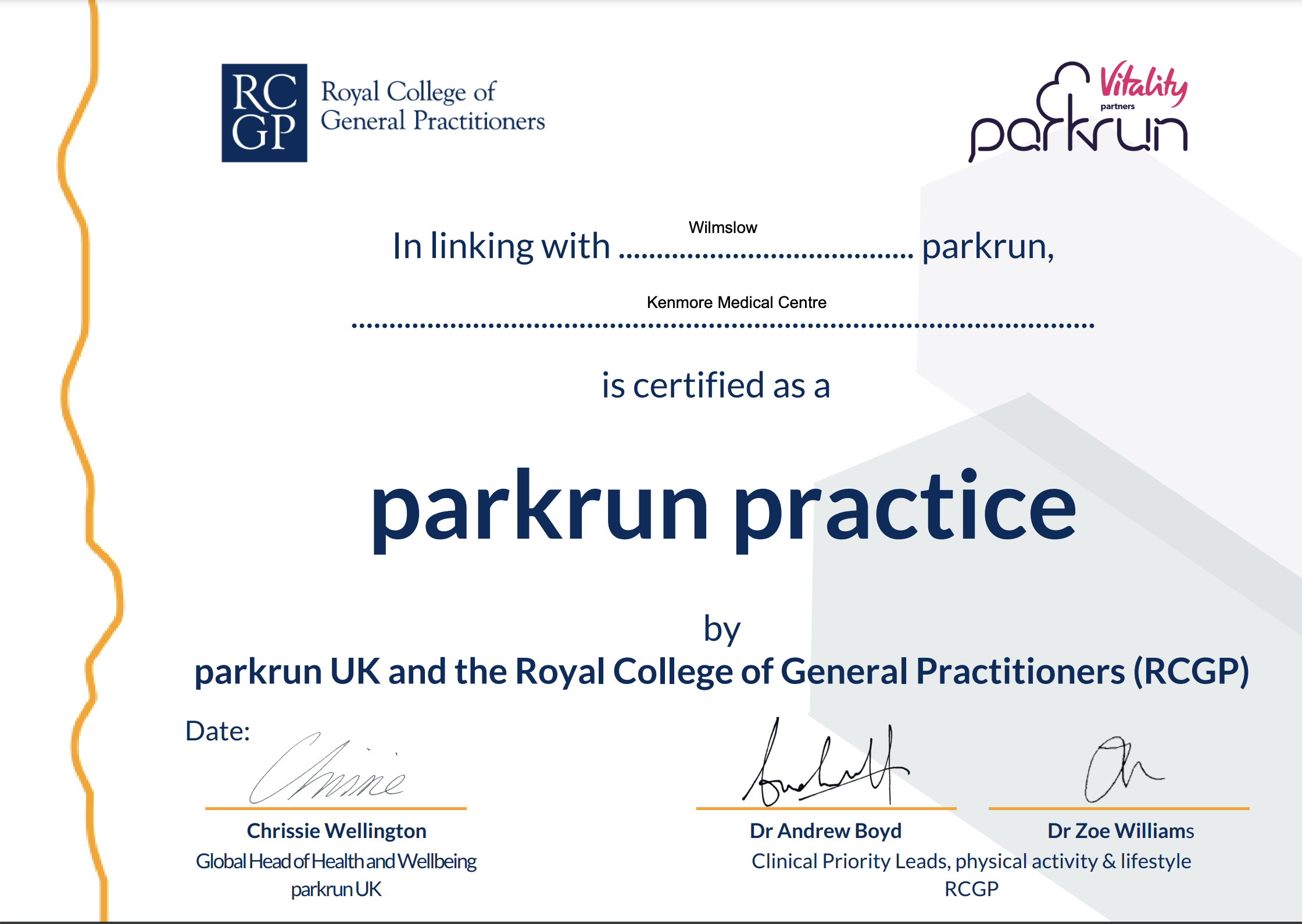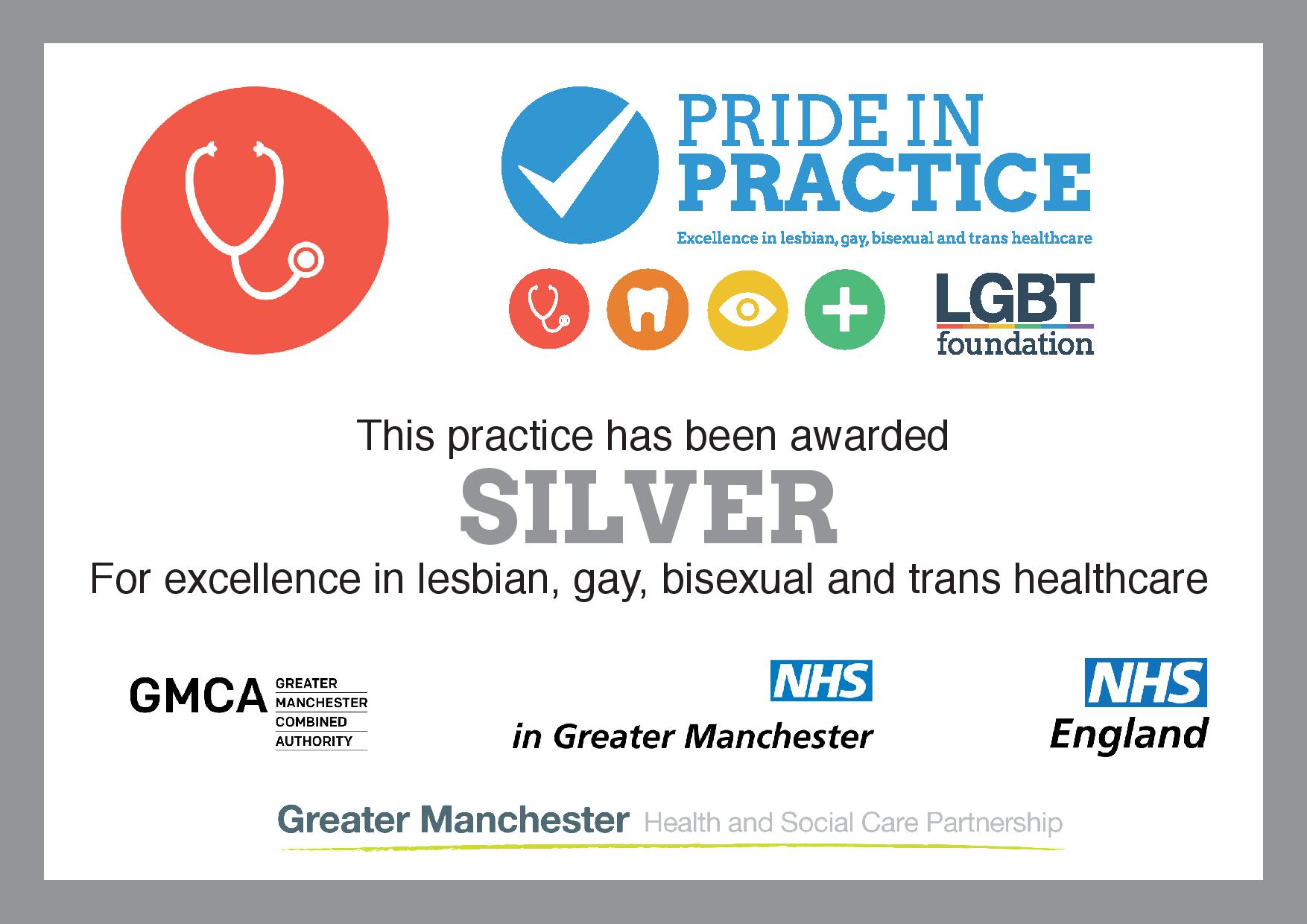The Menopause – will HRT be a good option for me?
The menopause is a natural state that happens as a woman’s natural oestrogen production declines. Most women will reach this stage somewhere in their late 40s or early 50s. It can be confusing to know what to expect, and lately there is a lot in the media about Menopause and HRT, so I hope we can simplify and clarify some of that here.
IF YOU ARE NOT ALREADY ON HRT, AND HAVE READ THE INFORMATION ON THE PAGES HERE, AND WISH TO DISCUSS MENOPAUSE OR HRT ……
- DOWNLOAD, PRINT, FILL OUT AND RETURN THE QUESTIONNAIRE TO RECEPTION.
- Request an appointment via our online platform, stating it is about menopause/HRT
- Please have to hand your current weight in kilograms, your height in centimetres, and if possible, a recent blood pressure reading (the pharmacists can do this for you if you do not have access to a home machine)
Definitions
What is…
The menopause technically, this is a single date – the date of your last ever natural period. This can really only be known in retrospect, if you can look back on 12 months without a period, then the last one was your date of menopause. Most women in the UK have their last period around age 51 – 52.
The perimenopause this is the term for the period of time when the hormones start to alter leading up to the menopause. This time can be accompanied by significant symptoms for some, but not all women, as your body adapts to the lower or fluctuating levels of oestrogen. This can last a very variable amount of time. It may start some years before the menopause itself.
Post-menopausal this is the term for the part of your life AFTER your periods have ceased. This is characterised by low oestrogen levels, and this can bring with it health changes, such as an increased chance of developing Osteoporosis (brittle bones) and an increased risk of cardiovascular disease. For most of human history, the average person was dead for other reasons before they got to the menopause. I often think that evolution didn’t prepare human females to live as long as we now do, and so using HRT to replace the hormones we have less of due to getting older makes logical sense.
Why does the menopause happen?
Our ovaries make most of the oestrogen needed by the female body. As the ovaries age, the store of healthy eggs declines, and the production of oestrogen reduces. Oestrogen carries out a vast range of functions as nearly all the cells of the body have oestrogen receptors. The lack of it can therefore give women all sorts of symptoms:
Symptoms of the perimenopause
These can include some or all of the list below, and may initially be intermittent. Not all women will experience all of these, and they can range from mild and manageable to severe.
- Changes to your periods – change in cycle length – heavier or lighter periods
- Daytime hot flushes
- Night sweats / flushes
- Insomnia / poor sleep quality
- Mood changes
- Anger / irritability
- Feeling low/ depressed
- Tearfulness
- Anxiety / panic attacks/brain fog/ concentration problems
- Memory problems
- Lack of energy
- Joint stiffness/ aches & pains
- Headaches/ migraines
- Urine frequency “cystitis”
- Vaginal dryness
- Vulval/ vaginal discomfort
- Vulval / vaginal itching
- Discomfort during sex
- Lack of libido / lack interest in sex
- Dry skin
- Itchy skin
- Hair loss
- Symptoms change with cycles
Do I need “Tests” to diagnose the menopause/ perimenopause?
Usually not. If you are aged over 45 and having any of the typical symptoms above, especially if they are accompanied by changes to your periods, then there is no value in checking the hormones which drive your menstrual cycles. Nearly always, we can diagnose the (peri)menopause from symptoms alone.
After the menopause, FSH (follicle stimulating hormone) levels will usually be very high. But in the perimenopause this can vary so much as to render the test almost useless. If the reading comes back “normal” this does not mean you are not perimenopausal. And if it does come back raised, it gives us no useful information about when your periods will finally stop, how fertile you are, or what symptoms you will experience.
We might consider doing other blood tests to rule out other causes for your symptoms, as the symptoms of the menopause overlap with many other conditions too.
If you are below 45, and definitely if you are below 40, then blood tests may be more important to come to an accurate diagnosis for your symptoms.
Do I need HRT?
Hormone replacement therapy is exactly as its name suggests: taking HRT replaces the hormones your body has naturally stopped making.
For most women, the benefits of HRT will outweigh the risks. If your symptoms are having a significant impact of your quality of life in your home, work, social or sex life, and you and your doctor agree the benefits outweigh the risks, then HRT is probably wise for you.
HRT may be started before your periods naturally stop. How long you carry it on will be an ongoing conversation between you and your doctor. If you are on HRT, you should be assessed at least annually by your doctor. There is no “set time limit” for when HRT must stop, but if the need for it, or the balance of risks and benefits alters, then stopping it may be sensible.
People who should strongly consider HRT include:
- Those who have had a “surgical menopause”, for example if ovaries were removed at the time of a hysterectomy. It would be wise to take HRT up until at least age 51 to reduce the risks associated with the lack of oestrogen.
- Those with a “premature menopause” or POI, primary ovarian insufficiency. This affects about 1% of women whose periods naturally stop before the age of 40. Again, taking HRT will reduce the risk from the lack of oestrogen. https://www.daisynetwork.org/ has more information
Not all women will decide they “need” HRT, and some will decide that in their personal circumstances, they would prefer not to use it. Historically only about 10-15% of women use HRT, though the current increased awareness of the perimenopause, HRT, and growing evidence of its safety and usefulness means this is likely to increase.
Benefits & risks of HRT
https://pcwhf.co.uk/wp-content/uploads/2018/11/HRT-Myths-Uncovered.pdf
Lots has been written about HRT in the media over the years and in times past there were a number of “scares” over the safety of HRT. The best evidence we have now shows that whilst it is not risk-free, it is a relatively safe and effective treatment for most. We need to carefully assess each patient to work out the risk to them as an individual. The links above and below give more detail.
https://www.womens-health-concern.org/help-and-advice/factsheets/hrt-know-benefits-risks/
BENEFITS
– reducing the symptoms of the menopause, which can improve quality of life
– HRT is an effective way of preserving bone-density and preventing osteoporosis
– In certain age groups, HRT can protect against heart disease – the greatest benefit seems to be for
those who take HRT around or close to the menopause
– some studies seem to show that HRT can reduce the risks of bowel cancer, type 2 diabetes,
depression and dementia, but further evidence would help to clarify these.
RISKS
Breast cancer
– A lot of women have concerns about breast cancer and HRT. Understanding the risk can be complex, but it’s important to understand that all women have a background risk of about 1 in 7 of developing breast cancer in their lifetimes. That applies to all women, even if they never take HRT. So we can never say to a woman going on HRT “don’t worry, you won’t get breast cancer” as that baseline risk remains.
How much additional risk is there to taking HRT? Well, it all helps to put that in context. As this link shows, https://thebms.org.uk/wp-content/uploads/2016/04/WHC-UnderstandingRisksofBreastCancer-MARCH2017.pdf
the extra cases of breast cancer due to HRT are fewer than the extra cases caused by drinking 2 or more units of alcohol per day, and MUCH smaller than the additional risk that comes with obesity.
Oestrogen-only HRT (which can only be used by women who have had a hysterectomy) seems to result in a lower breast cancer risk.
If you have a womb, you need progesterone as well as oestrogen in your HRT (“combined HRT”), but the risk can be altered depending on which type of progesterone is used. Current evidence suggests the lowest HRT breast cancer risk comes from the type which contains “body-identical” progesterone – a molecule the same as the one made in your own body.
Overall, whilst the chance of getting breast cancer may be altered by combined HRT, your chance of dying from that breast cancer is not altered.
Some women may have extra personal risk due to a family history of breast cancer, and if this is the case, your doctor will consider this carefully. Your risk will be higher if you have first-degree relatives affected at young ages (for example <50).
Endometrial cancer
If you have a womb, you must not use HRT which ONLY contains oestrogen, as this will increase the risk of endometrial cancer. Those who still have a womb require progesterone to stop their womb lining (endometrium) thickening or becoming abnormal. If you have had a sub-total hysterectomy or a and a hysterectomy but prior history of endometriosis, you may still require progesterone too. It is important to ensure the dose of progesterone is adequate to protect your womb if you are on higher doses of oestrogen.
Those who are obese have a higher personal risk of endometrial cancer, whether or not they take HRT. Mirena IUS probably offers the best protection for the womb lining.
Blood clots
A DVT or PE (deep vein thrombosis/ pulmonary embolus) happens to about 1 woman in 600 over the age of 50.
This is a bit more likely if women take their oestrogen component of HRT orally. This risk is greatest in the first 12 months of using oral HRT.
If you have the oestrogen part of HRT transdermally (through the skin) this risk is not increased at all.
Blood clot risk is more greatly influenced by other risk factors such as obesity, smoking and alcohol.
Stroke
If women start HRT at the age of 60 or above, stroke risk is increased.
Coronary heart disease
If women start HRT for the first time over the age of 60, there is a possible increase in the risk of heart disease, or if they already have CHD, HRT may increase their risk further.
However, as noted in the benefits section, there is a “window of opportunity” to decrease the risks of CHD if HRT is started during the perimenopause or within the first 10 years after menopause.
- Note, that both heart disease and stroke risk factors are affected by many other things, such as weight, exercise, smoking, alcohol, cholesterol, blood pressure, diabetes and other health conditions, as well as genetics. The perimenopause is a very good time to reassess your lifestyle and health behaviours to reduce these risks.
Is there anyone who absolutely can’t have HRT?
Very few – there are a few medical conditions which make it unlikely that a prescription of HRT would be safe – these include oestrogen-dependent cancers, abnormal vaginal bleeding where a cause has not yet been diagnosed, pregnancy, certain types of liver disease and a recent blood clot or heart attack.
In most other medical situations, HRT can at least be considered, though there are some conditions where medical risk may mean the risk of adding HRT, or particular types of HRT may be thought too great.
What are the side effects of HRT?
In the first 3 months of taking HRT, side effects are fairly common (as with any new hormones) but usually improve with time.
The most commonly reported include breast tenderness, changes in skin such as acne, bloating or mood swings.
Bleeding – You may be starting HRT at a time when you have not had periods for a while. Bleeding whilst on HRT can be expected if you are on a “sequential” or “cyclical” regime. If you are on a “continuous” regime, it is still possible to get bleeding in the first 4 – 6 months of use, and this is likely to settle with time. Bleeding on HRT does not usually mean anything abnormal, but it does sometimes need investigating, so please tell us about it, especially if it is more than 6 months since your HRT regime was last altered.
*If you are NOT on HRT and have bleeding after the menopause, this definitely needs investigating so please always report this to your doctor.*
What if I don’t want HRT or can’t have HRT?
This article talks about the alternative options
https://patient.info/womens-health/menopause/alternatives-to-hrt
This link tells you about non hormonal prescribed alternatives to HRT https://www.menopausematters.co.uk/prescribed.php
These links tell you about lifestyle options and herbal preparations or “natural” options. NB. “natural” doesn’t always mean safe!
https://www.menopausematters.co.uk/otherpreps.php
https://rockmymenopause.com/wp-content/uploads/2019/05/RMM_Alternatives-to-HRT.pdf
Types of HRT
Most of the symptomatic benefit of HRT comes from oestrogen (usually as Estradiol)
Oral- taken by mouth
Transdermal- taken via the skin, usually as a patch, gel or spray, some patches contain just oestrogen, some contain synthetic progestogens/gels and sprays contain oestrogen only
Progesterone – Needed if you have a womb for endometrial protection. Stops the womb lining from thickening or becoming abnormal, which it would if someone with a uterus took oestrogen alone. There are different types of progesterones used in HRT.
Can be delivered as part of an oral regime (combined or separately to the oestrogen)
Can be delivered by a combined HRT patch regime
Can be delivered via the IUS (Mirena “coil”) which can also be part of therapy to reduce heavy menstrual bleeding or provide contraception, as well as the endometrial protection in HRT.
Estradiol – a female hormone, the main type of oestrogen used in HRT. There are other types of oestrogen, but they are less commonly prescribed these days. Only used alone if you have had your womb removed.
“Bio-identical HRT” regulated bio-identical HRT is safe, well-researched and prescribable on the NHS. It contains precise duplicates (made in laboratories) of the hormone molecules made in our bodies. They usually would consist of estradiol and micronized progesterone and can be oral, or transdermal + oral. We often term this “body-identical” to distinguish it from “compounded” varieties.
Outside the NHS, there are also compounded varieties of bio-identical HRT are made by some specialist pharmacies and prescribed in some private clinics. They are often unregulated and not scientifically evaluated for effectiveness or safety. They often cost many hundreds of pounds to patients and are not shown to provide any extra benefit over the regulated, NHS-prescribed forms. The British Menopause Society has this to say about them: https://thebms.org.uk/publications/consensus-statements/bioidentical-hrt/
Vaginal oestrogens – Topical vaginal oestrogens are very safe and nearly all women can use them, even if other forms of HRT are not suitable. They are excellent treatments for preventing the genital and urinary symptoms that come with the perimenopause. The vaginal area is highly oestrogen-sensitive so only needs very low doses of oestrogen to function well. A year’s worth of topical vaginal estrogen is about the same dose as only 1 – 2 days of whole body HRT. It can help symptoms of vulval, vaginal or urinary discomfort, infections, itching, burning, dryness and discomfort during intercourse.
https://balance-menopause.com/uploads/2021/09/Vaginal-dryness.pdf
https://www.womens-health-concern.org/help-and-advice/factsheets/vaginal-dryness/
Testosterone – Not all women will need testosterone as part of their HRT, in fact the majority don’t require it, but it can have a place. Usually, it is not right to explore testosterone as part of HRT before you and your doctor have “optimised” the standard HRT. It also requires monitoring with blood tests before starting and during therapy to ensure the natural female range for this hormone. More information can be found here https://patient.info/news-and-features/what-you-need-to-know-about-testosterone-and-menopause and here (link to RB testosterone patient leaflet)
What about contraception?
HRT regimes are not to be considered contraceptive. Most contraceptives are not HRT, though some combined pills may provide similar hormones.
It is still possible to conceive naturally in the perimenopause, and on the whole, contraception should be assumed to be required until age 55, or until at least 12 months after your last natural period if you are >50, and 2 years after your last natural period if you are <50. There are sometimes reasons a woman may not need contraception, however, such as if her partner had a vasectomy. Successful pregnancies in women in the perimenopause are uncommon, as fertility does generally decline as women get older.
At this stage of life an unexpected pregnancy can be a major shock for a couple, so it is important to ask the question “how important is it to you NOT to be pregnant?” and if avoiding pregnancy is a priority, please don’t forget to discuss contraception alongside your HRT.
Certain types of contraception may be more suitable than others for women at this stage of life.
https://www.womens-health-concern.org/help-and-advice/factsheets/contraception-older-woman/
Health maintenance
It is important to think about maintaining your general health as you enter the perimenopause and beyond.
Do not forget to attend for your routine screening tests, you will usually be invited by letter:
Cervical screening for all patients aged 25 – 64, with a cervix: https://www.nhs.uk/conditions/cervical-screening/
Breast screening for all patients aged 50 – 70: https://www.nhs.uk/conditions/breast-screening-mammogram/
Other things you can do to maintain your health in the perimenopause
Maintain a healthy weight, or lose weight if you are overweight
Stop smoking – Smoking significantly increases the risk of heart disease & strokes, osteoporosis, most types of cancer, and many other diseases. Stopping smoking is one of the best things you can do to improve your future health.
Exercise – there are many beneficial effects to exercising. Particularly, regular exercise can help in reducing the impact of hot flushes and improve sleep. It can improve mood & reduce stress. It can also help to maintain a healthy weight, improve the health of your bones and joints and weight-bearing exercise can increase bone density which prevents fractures due to osteoporosis. It will reduce your risks of heart and cardiovascular disease.
Diet – controlling your cholesterol and triglycerides & eating a lower-glycaemic index diet can help to reduce the chances of developing heart disease, strokes and diabetes.
Reducing caffeine and alcohol intake – both these can contribute to poor sleep and also hot flushes / sweats, so reducing your intake can sometimes help your symptoms. Alcohol also increases your breast cancer risk.
Good “sleep hygiene” is important – maintain a regular sleep schedule, avoiding heavy evening meals, adjusting levels of light, noise, and temperature in the bedroom, and avoiding alcohol, caffeine, and nicotine.
Do pelvic floor exercises. These can improve urinary continence, help to prevent prolapse of the pelvic organs, and improve your sex life.
The vulva and vagina don’t cope well with soaps or foaming washes. Switch to an emollient for washing this area of the body. Hydromol ointment, cetraben, diprobase or any similar emollient (“medical moisturiser”) is perfect for this. Even products marketed as for feminine hygiene can be irritant or drying if they produce a foam.
Vaginal moisturisers & lubricants such as Hyalofemme, Replens, Yes, Sylk or others can be helpful.
Oral hygiene is important at the menopause, as gum disease can be more likely when oestrogen is lacking. Regular dental checks, flossing and brushing are important. Gum disease can increase the risk of heart disease, and osteoporosis can contribute to tooth loss.
Sources of further information
USEFUL WEBSITES and RESOURCES
The British Menopause Society (BMS) is also a good source of reliable information. BMS tools for clinicians has a useful range of resources that summarise the NICE Guideline, provide guidance on HRT prescribing and other treatment options, and to clarify some of the most common myths and misconceptions of menopause.
Women’s Health Concern is the patient arm of the BMS. This link has a range of detailed factsheets providing information and advice on gynaecological, sexual and post reproductive health issues. https://www.womens-health-concern.org/help-and-advice/factsheets/
Newson Health is a private Menopause and Wellbeing Centre. There is a wealth of information on its website including a comprehensive resources page which features fact sheets, booklets and podcasts on many different areas of menopause.
Menopause Matters website has wealth of information on menopause, including information on natural alternatives to HRT.
Primary Care Women’s Health Forum has a wealth of information including patient information leaflets as per link.
Balance app allows you to track your symptoms, access personalised expert
content, download a Health Report©, share stories in the community and lots more.
How to use Oestrogel or Sandrena https://nh-clinic-website.s3-eu-west-1.amazonaws.com/uploads/2021/07/Oestrogel-and-Sandrena-v21-02.pdf
Micronized Progesterone or Utrogestan https://nh-clinic-website.s3-eu-west-1.amazonaws.com/uploads/2021/07/Micronised-Progesterone-or-Utrogestan-v21-02.pdf
PRE-PAYMENT CERTIFICATE
Written by Dr. Rachel Barnes
June 2022.





